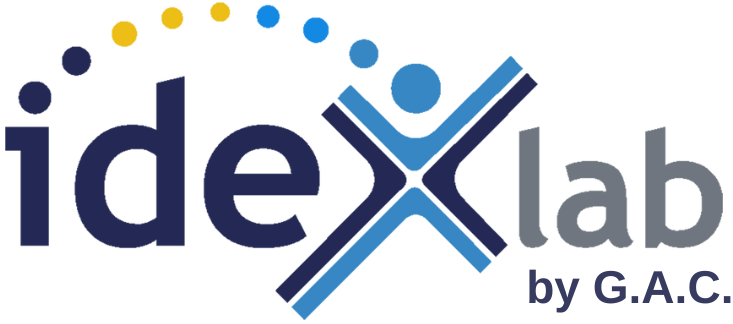4 good practices to adopt for a technology watch
Definition of technology watch
Technology watch consists of regular and systematic monitoring, in selected areas, of developments in science and new technologies.
Keeping up-to-date with technological and scientific developments
Keeping up to date with the development of new technologies or particular scientific fields is part of the regular activity of all engineers, researchers, execs from innovative SMEs, etc. Following an initial exploration, the tech watch (as it is commonly called) will make it possible to follow the evolution of the technology or scientific subject of interest with the help of different sources of information. This activity is in large corporations often supported by specialised teams.
Various contexts justify tech watch (note that there are different types of tech watch): an area of interest; a project that is starting and is postponed; a project that takes longer than expected; a completed project that is the subject of a second phase; an abandoned project that resurfaces. In all these cases, it is necessary to be able to refresh, if necessary periodically, the exploration that was initially carried out.
But practising a tech watch on several subjects can quickly turn into a nightmare. The multiplication of subjects and alerts (if one works with alerts) can lead to an information overload that will drown out the relevant information, as everyone can see on social networks.
Beyond a specialised team that can filter and classify information, modern tools also allow individuals to carry out active strategic tech watch for themselves on the subjects that interest them without being drowned out, provided they respect certain rules.
Avoiding being swamped by information – four key ideas
Ideally, therefore, it should be possible to update the information gathered during an initial exploration on a regular basis with as little effort and maximum efficiency as possible.
To do this, a certain number of good practices must be observed. We have identified four of them.
1- Contextualise the information search
Firstly, the information search must be contextualised: it must relate to a project for which it is being carried out. New information received outside of its context does not have the same value as knowing which project it relates to. For example, I won’t have the same interest in a new additive manufacturing technique if I know it relates to the manufacture of a complex part I worked on a year ago.
2- Targeting the search topics well
Secondly, the topics to be searched on a regular basis need to be finely targeted. On a project-by-project basis, select the keywords or sets of keywords that are likely to yield the most relevant information. This can be done by building on the initial exploration and finding out which keywords provide, for example, the richest body of scientific publications or patents, or those that refer to reputable experts in the field or sector (see our third idea).
3- Target the information published by specific experts
Thirdly, a good method to identify relevant information could be to select experts or opinion leaders (individuals or companies) and to put alerts on their new publications. Taking an interest in experts or opinion leaders is also a good way to identify interesting keywords that will enrich our second key idea.
4- Define the right periodicity
Fourthly, the choice of periodicity must be adapted to the project. The periodicity should reflect the right balance between too much information and missing important information. This is another good reason to operate on a project-by-project basis. A very large and heavy project might be satisfied with an annual update, while a small and very agile project might need a monthly update. We don’t recommend more frequent updates – let alone on an ongoing basis – because they inevitably lead to an overload of information that you end up ignoring… missing out on important information.
From technology watch to project monitoring
We have applied these four good practices on our platform in order to facilitate the implementation of this targeted, passive or proactive intelligence activity. We have called it: “monitoring”. Indeed, it offers the particularity of allowing, project by project, to choose as many keywords or experts as needed; to adapt the periodicity of information refreshment according to the projects.
The user thus has an integrated tool that allows him/her, for each of these projects that justify it, to have up to date information. He or she can use the tool for his/her initial exploration. He can effortlessly receive periodic information that keeps him informed of developments in the project’s fields. He can also, if he wishes, manually restart a refresh of his project or of certain requests on his project in order to identify the most recent information.
*monitoring by project is available for Silver accounts and beyond. Simple monitoring is available on Basic accounts.






